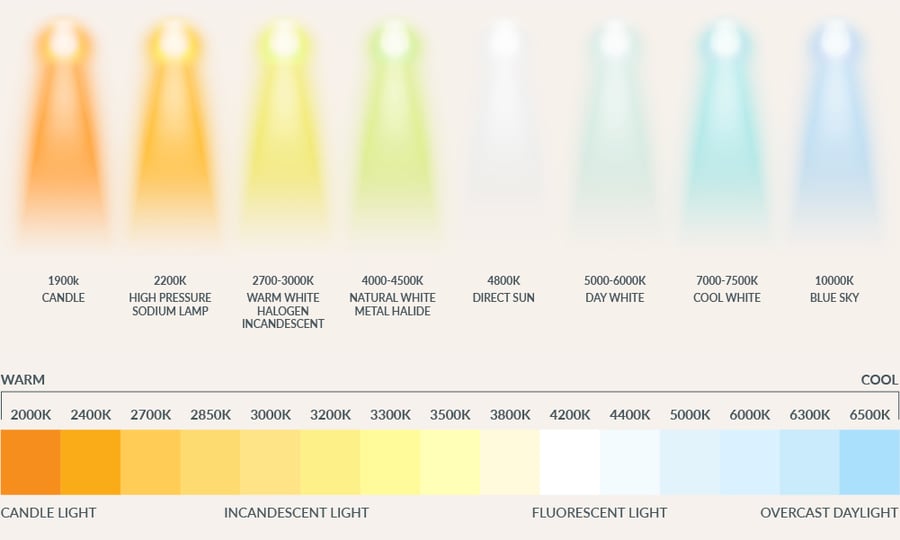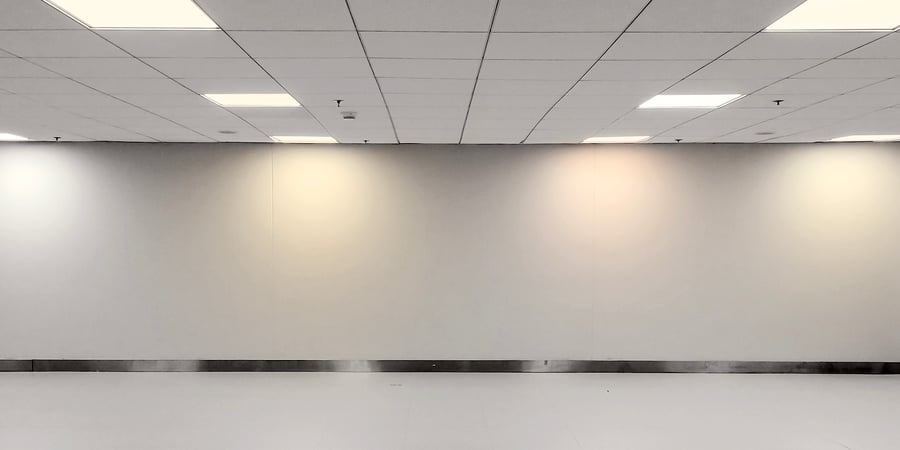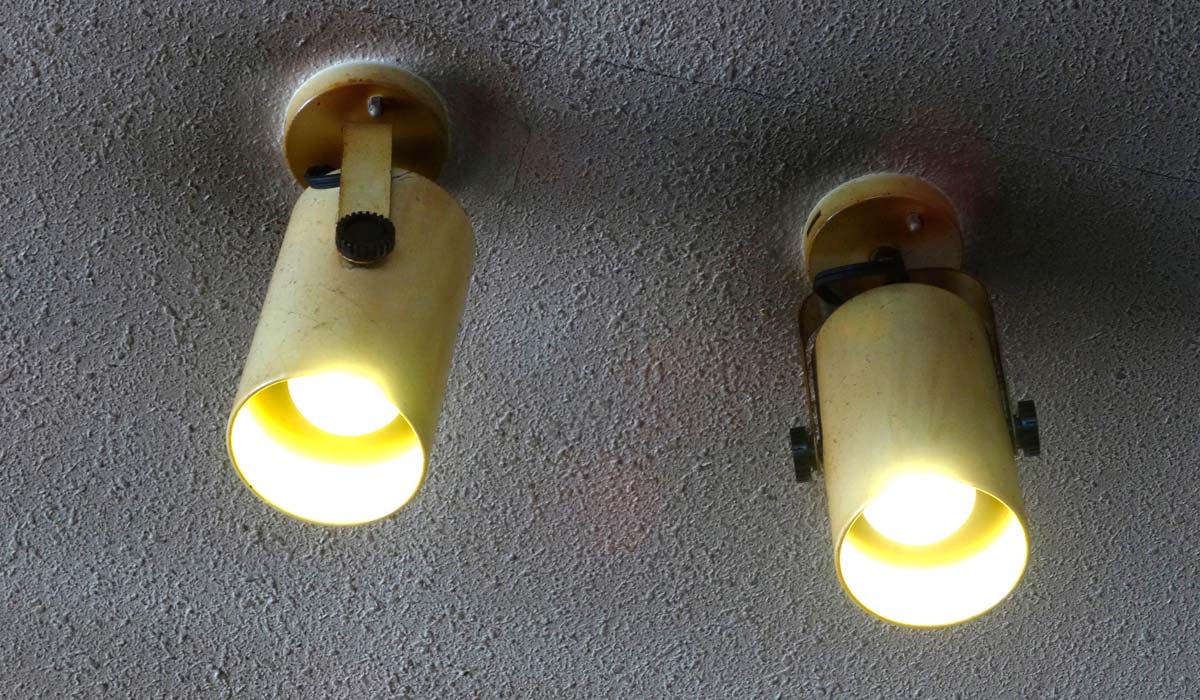When it comes to LED lights, not all products are created equal. The quality of LED lighting can vary significantly, affecting factors such as colour rendering, longevity, and energy efficiency.
To help you make an informed decision when choosing LED lights for your business, here are some of the measures and metrics we use to evaluate LED light quality.
Correlated Colour Temperature
Correlated Colour Temperature (CCT) – Measures how light appears to the human eye. It differentiates between various hues of white and indicates the tone of white light. The unit is °K ( Kelvin). Warm white, for example, is 3000°K and cool white is 5000°K. LEDs are usually available from 2700°K to 6500°K. Cooler colour temperatures (4000°K to 6500°K) are usually preferred in offices, commercial, industrial, retail, and sports areas. They contain blue light which can stimulate alertness, and reduce the production of sleep hormones. Whereas warmer colour temperatures (2700°K to 4000°K) are usually preferred for residential, hospitality, entertainment, retail, and external areas.

MacAdam Ellipse
Colour Shift – Due to the limitation of current production technologies, LED's shift their colour temperature over life. An LED with an initial colour temperature of 3000°K could, for example, after 5 years, appear to be anywhere from 2500°K to 3500°K. This amount of shift in colour temperature is measured on a MacAdam Ellipse. The smaller the colour shift, the better is the quality (binning) of LEDs. The MacAdam Ellipse is denoted in steps. So, a set of LEDs with a 2-step MacAdam Ellipse will have a lesser shift in colour temperature, which can’t be differentiated by the human eye. A set of LEDs with a 7-step MacAdam Ellipse, on the other hand, will have a wide variation in colour temperatures and will appear haphazard. For example, in a high-end space with 10 luminaires, if the amount of shift is very high (7-step LEDs), each of the 10 luminaires can appear a different colour temperature, making the space appear appalling. The quality and the price of LEDs are proportional to the MacAdam Ellipse. So, a 2-step LED will be much better quality and much more expensive than the 7-step LED. 7-step LEDs are usually only used for sports or industrial areas. But their use should be avoided as much as possible.
THE DIFFERENCE IN COLOUR BETWEEN 2 & 4 STEP LED

ELLIPSES SHOWING THE RANGE OF CCT WITHIN AN LEDS STEPS
LOW QUALITY LEDS WITH WIDE SHIFT IN COLOUR TEMPERATURE

Colour Rendering Index
Colour Rendering Index (CRI) – defines how well a light source can reproduce colour. It ranges from 0 to 100, and the unit is Ra. Sunlight and incandescent lamps have a CRI of 100, which means they can reproduce colours accurately. Whereas high-pressure sodium street lights have a CRI of as low as 20. The CRI of commercially available LEDs ranges from 70 CRI to 98 CRI. Low CRIs are usually used for external, industrial, and sports areas. Whereas high CRI is preferred for art galleries, retail, and entertainment areas. High CRI enhances the appearance of materials and makes them appear natural.


